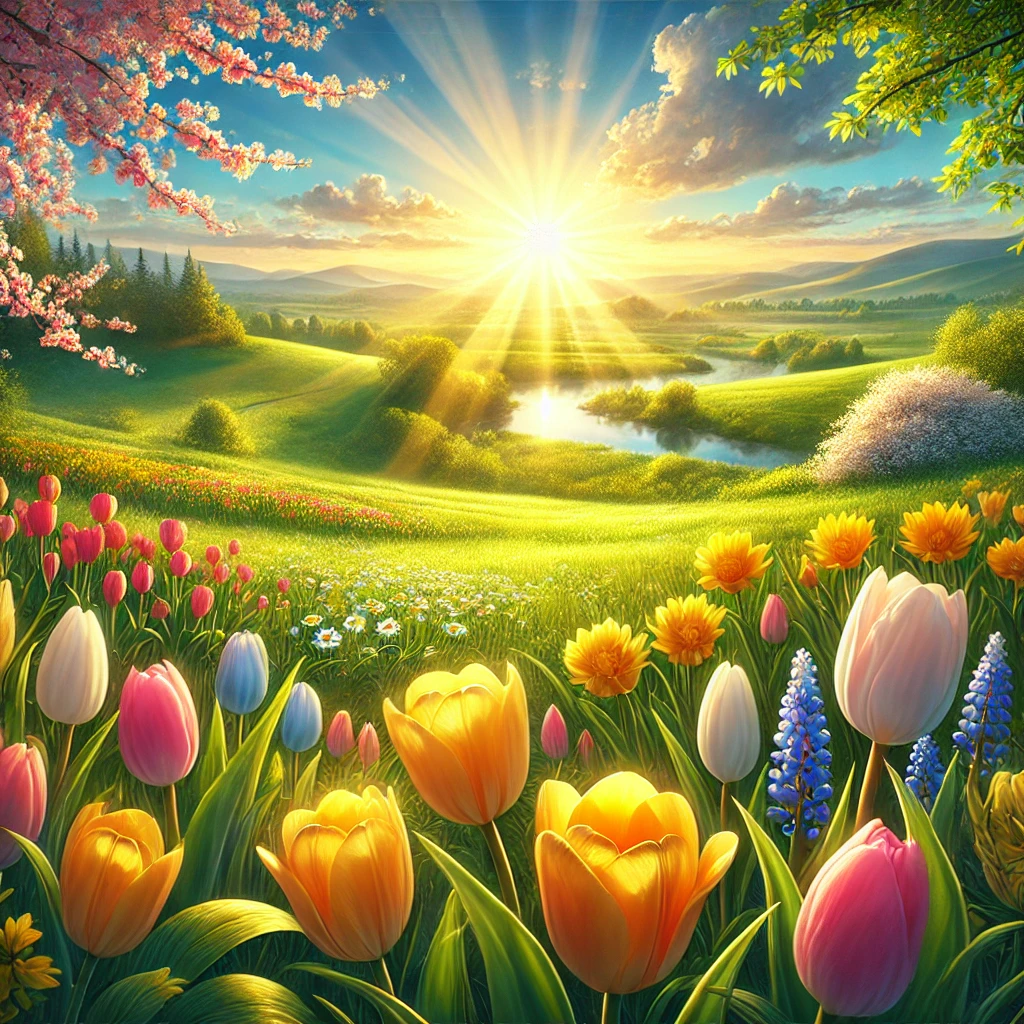Physical Address
304 North Cardinal St.
Dorchester Center, MA 02124
Physical Address
304 North Cardinal St.
Dorchester Center, MA 02124

Discover everything about the first day of spring 2025, including the exact date and time of the vernal equinox, how spring equinox affects daylight hours, and global traditions celebrating the arrival of spring. Learn why the first day of spring changes every year, the scientific meaning behind the equinox, and how spring weather patterns shift worldwide.
The first day of spring marks the official transition from winter to spring in the Northern Hemisphere. This seasonal change is defined by the vernal equinox, a celestial event where the Earth’s axis is neither tilted toward nor away from the Sun, resulting in nearly equal daylight and nighttime hours worldwide.
In 2025, the first day of spring occurs on:
The date of the first day of spring is not fixed because Earth’s orbit is slightly elliptical rather than a perfect circle. This variation means that the equinox does not occur at the exact same time annually. Factors influencing the date of the spring equinox include:
Unlike meteorological spring, which is based on temperature patterns and calendar months (March 1 – May 31), the astronomical first day of spring is determined by the position of Earth relative to the Sun. The key indicators include:
This astronomical transition signifies longer daylight hours, rising temperatures, and the arrival of springtime blooms.
Spring is defined in two ways:
| Type | Definition | Start Date |
|---|---|---|
| Astronomical Spring | Based on Earth’s position relative to the Sun | March 20, 2025 |
| Meteorological Spring | Based on climatological patterns (March-May) | March 1, 2025 |
For scientists and meteorologists, using fixed seasonal months (March 1 – May 31) simplifies climate data comparisons. However, astronomical spring aligns with the Sun’s movement, making it more relevant for cultural celebrations and historical traditions.
Since the spring equinox happens at the exact same moment worldwide, local times differ based on your region:
| Location | Time of Spring Equinox (March 20, 2025) |
|---|---|
| New York, USA (EST) | March 19, 2025 – 11:06 PM |
| Los Angeles, USA (PST) | March 19, 2025 – 8:06 PM |
| London, UK (GMT) | March 20, 2025 – 3:06 AM |
| Tokyo, Japan (JST) | March 20, 2025 – 12:06 PM |
| Sydney, Australia (AEDT) | March 20, 2025 – 2:06 PM |
Since time zones affect local observation, the equinox may appear to happen on different calendar dates in some regions.
Cultures across the globe celebrate the arrival of spring with festivals, rituals, and symbolic events. Some notable spring equinox traditions include:
Nowruz, meaning “New Day”, is a 13-day Persian New Year celebration observed in Iran, Afghanistan, and parts of Central Asia. Traditions include:
Ostara, a festival in Pagan and Wiccan traditions, marks the balance between light and darkness. Practices include:
Known as the Festival of Colors, Holi celebrates the victory of good over evil and the arrival of spring with:
At the Mayan pyramid El Castillo in Chichen Itza, Mexico, a spectacular event occurs:
The arrival of spring leads to:
Since spring weather varies by region, locations near the equator experience less seasonal change, while mid-latitude regions see drastic temperature shifts.
The spring equinox date varies slightly but typically falls on March 19, 20, or 21.
| Year | Date | Time (UTC) |
|---|---|---|
| 2025 | March 20 | 03:06 UTC |
| 2026 | March 20 | 09:46 UTC |
| 2027 | March 20 | 15:24 UTC |
| 2028 | March 20 | 21:08 UTC |
| 2029 | March 20 | 02:55 UTC |
Due to Earth’s axial tilt and orbital variations, the equinox slowly shifts over time.
The first day of spring is more than just a seasonal transition—it represents rebirth, renewal, and balance in both nature and culture. With equal day and night, warming temperatures, and diverse global traditions, the vernal equinox remains a deeply symbolic and scientifically significant event.
Whether you celebrate through cultural festivals, seasonal changes, or scientific curiosity, the arrival of spring is a universal moment that reminds us of Earth’s constant motion and renewal.